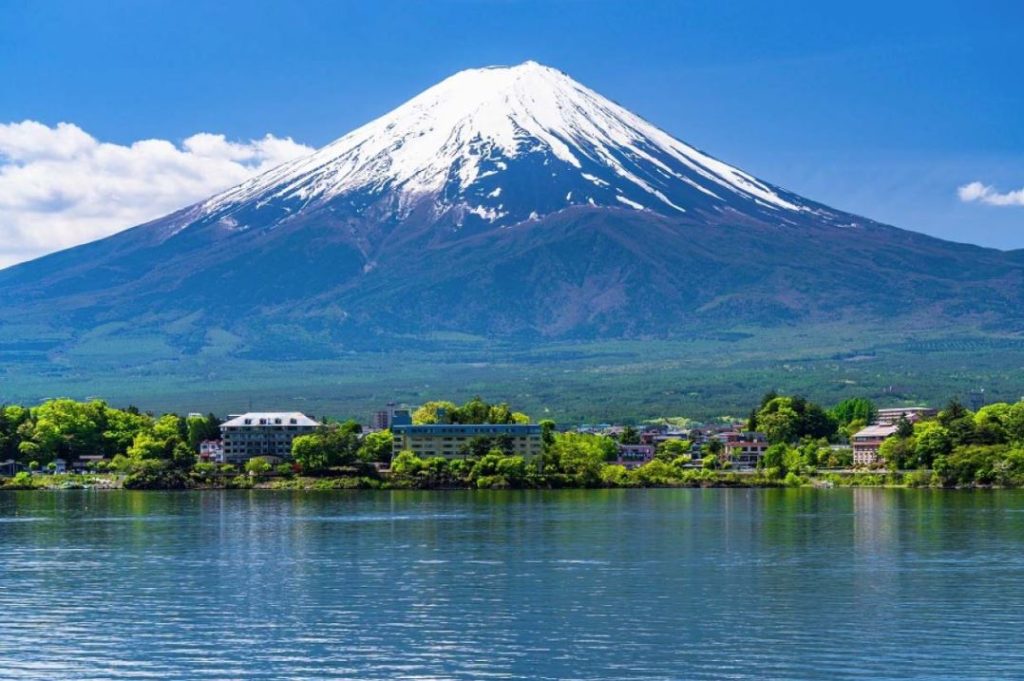
The Path to Mt. Fuji
The symbol of Japan, Mt. Fuji, is considered one of the most beautiful mountains in the world and is sacred among the Japanese. But despite Japan’s efficient transportation network, reaching the mountain is not easy. There are few or, depending on the location or season, next to no regular public transport services available. For tourists, the most common and easiest way to visit the mountain is to join the English-guided bus tours that visit Mt. Fuji’s 5th Station.
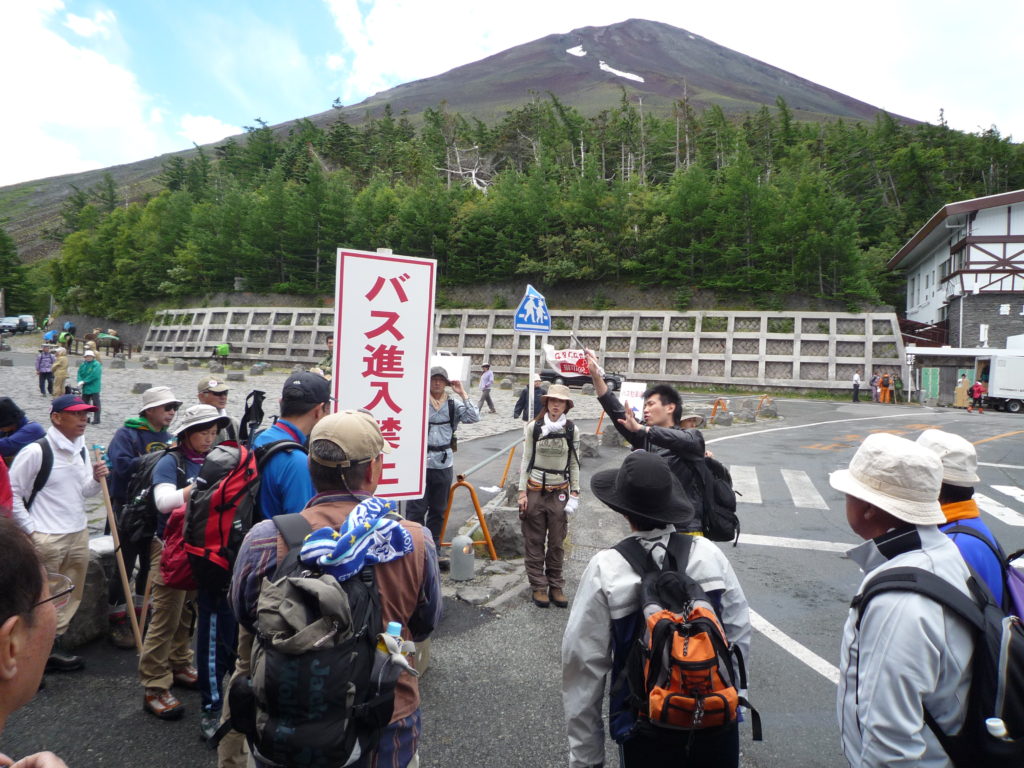
To reach the peak is a different story. Despite its serene beauty, climbing Mt. Fuji is a challenge that needs careful preparation. This is a guided walk along the route to Mt. Fuji with tips from an experienced Mt. Fuji climbing tour guide.
*Times indicated are approximate
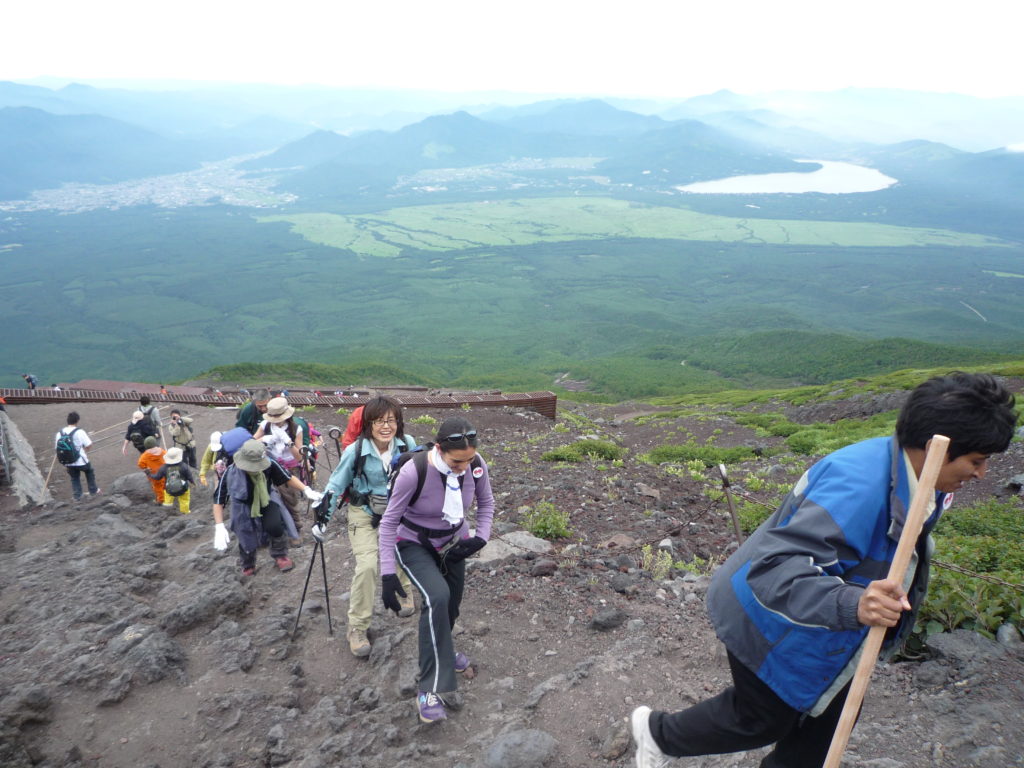
Day 1 – 1:00 p.m.: The image of snow capping Mt. Fuji is a sight that one can never be tired of seeing, but the climbing season is between July and August, when there is no snow on the mountain slopes. Among the four climbing routes, 80% of climbers choose the Lake Kawaguchi route. The distance from the starting point to the top is about 1,500 m. The group will make the final climbing preparations.
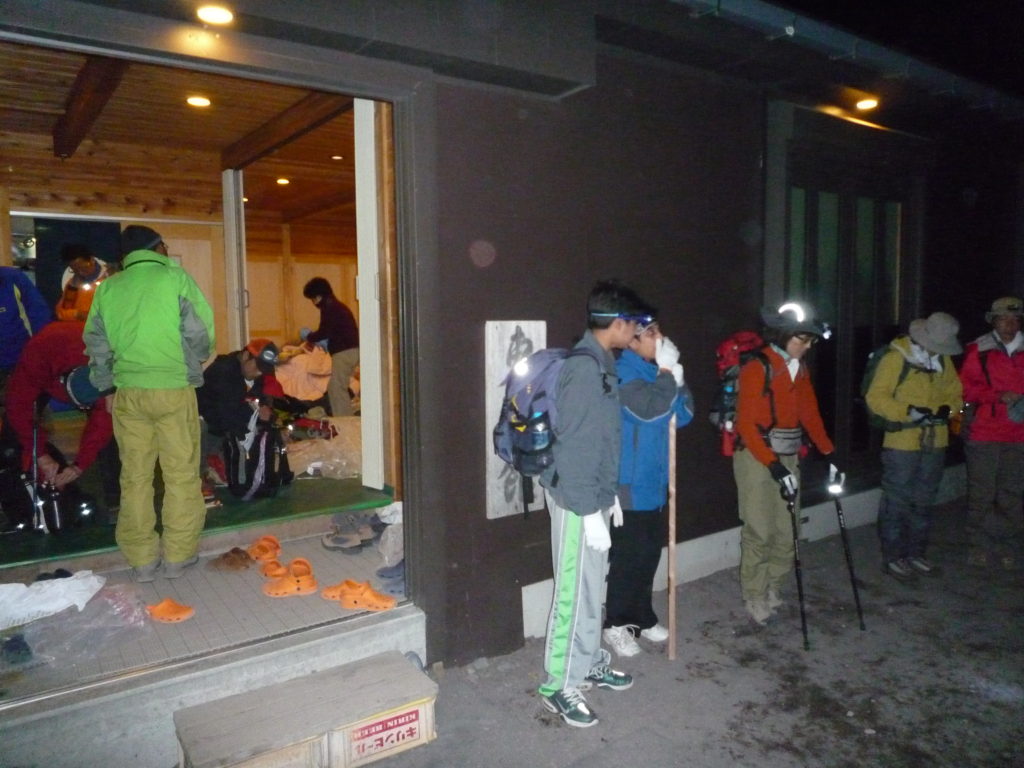
Day 1 – 5:00 p.m.: The group will reach the mountain hut at the 7th or 8th Station and rest here. Restrooms are available only at the mountain huts, and a fee is charged. Drinks are available too, but are expensive.
Day 1 – 11:00 p.m.: The group will resume climbing with headlamps or flashlights. Separate rain gear (coat and pants) and warm clothes are required gear. Also, some people may experience mountain sickness. Even experienced climbers such as Shigemitsu bring medicine for headaches every time. However, bringing too much gear and food will wear you out, so plan out carefully what to bring before the climb.
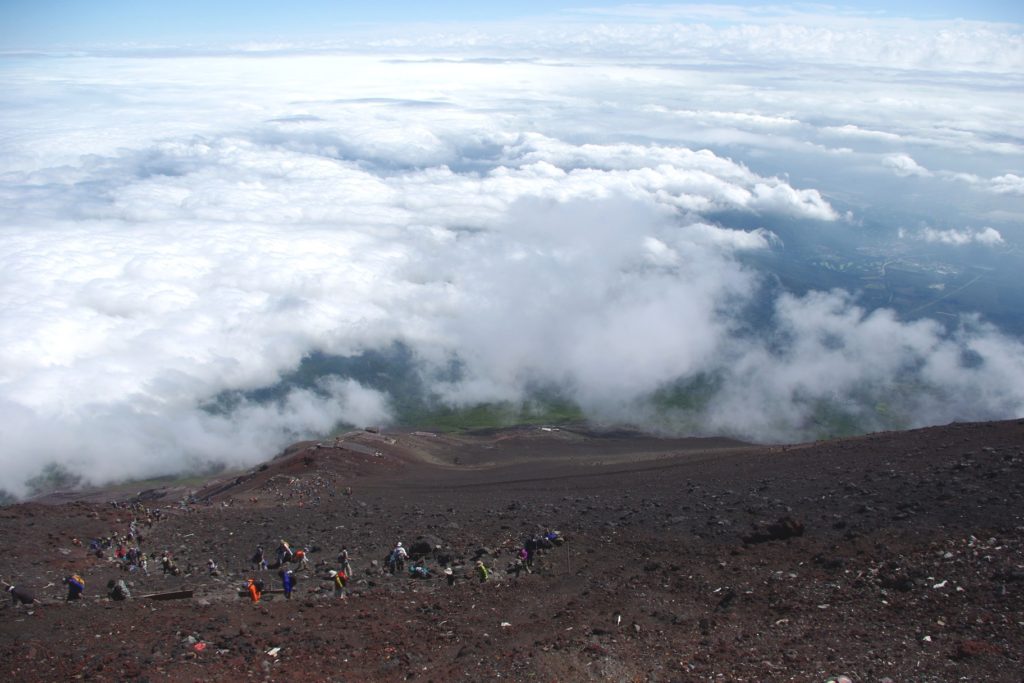
Day 2 – 4:00 a.m.: After climbing 5 hours, the group will reach the peak. Above the horizon in the east, the sun will gradually rise, and the group will witness the Goraiko (Mt. Fuji Sunrise). This is the moment when one can witness the motion of the earth and the universe. Some people will be shouting banzai upon this mystical event. The temperature will be 5 degrees celsius at maximum, and the wind is always strong.
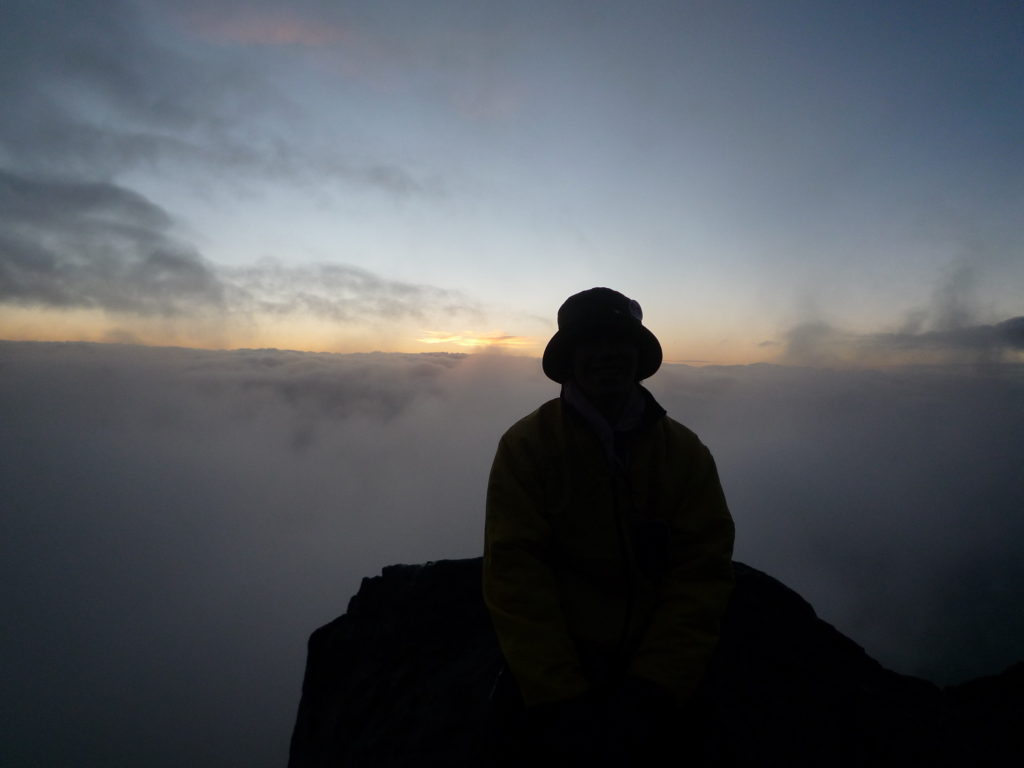
The crater of this sleeping volcano is 800 m in diameter and 200 m in depth. The bottom of the crater is always covered in snow year-round. Not many people try to go around the crater as it takes 2 hours and everyone is already tired.

Day 2 – 5:30 a.m.: After resting for an hour at the rest house (there are no mountain huts at the peak), the group will start to descend. It is recommended to have two walking sticks to walk down the zigzag trail. If you cannot continue walking around the 6th Station, a horse will take you to the 5th Station rest house with one phone call and for 10,000 yen.
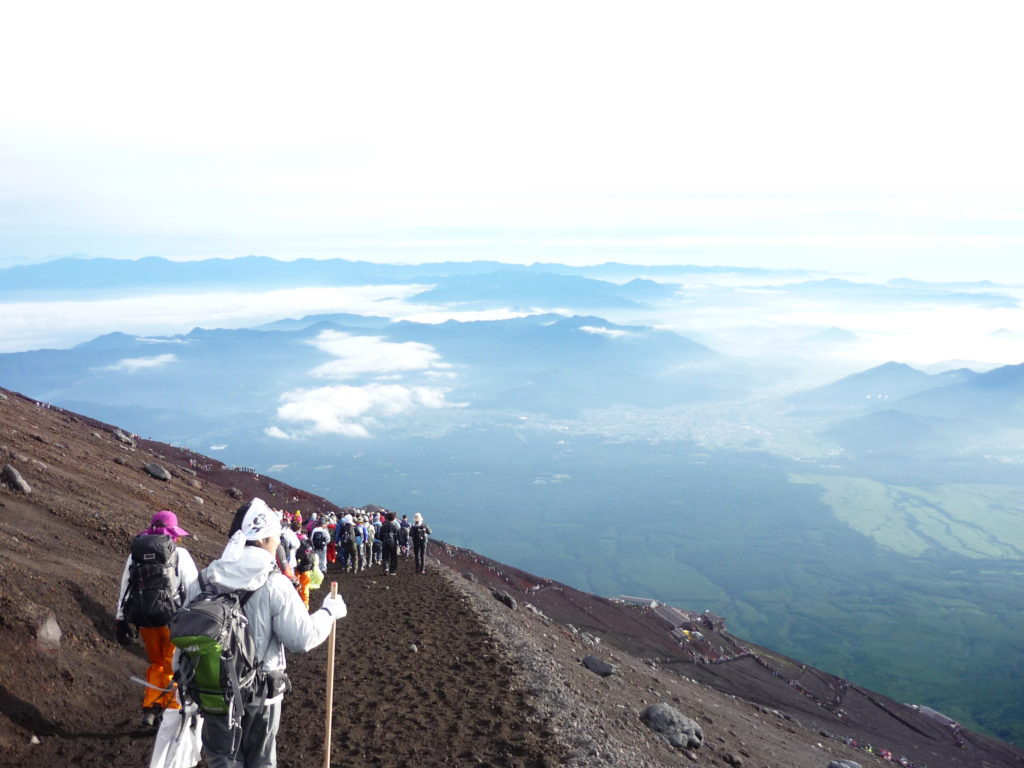
Day 2 – 9:00 a.m.: The group will reach the 5th Station after 4 hours. The worn out group will go home elated, knowing that they have reached the summit of Japan’s highest mountain.



0件のコメント